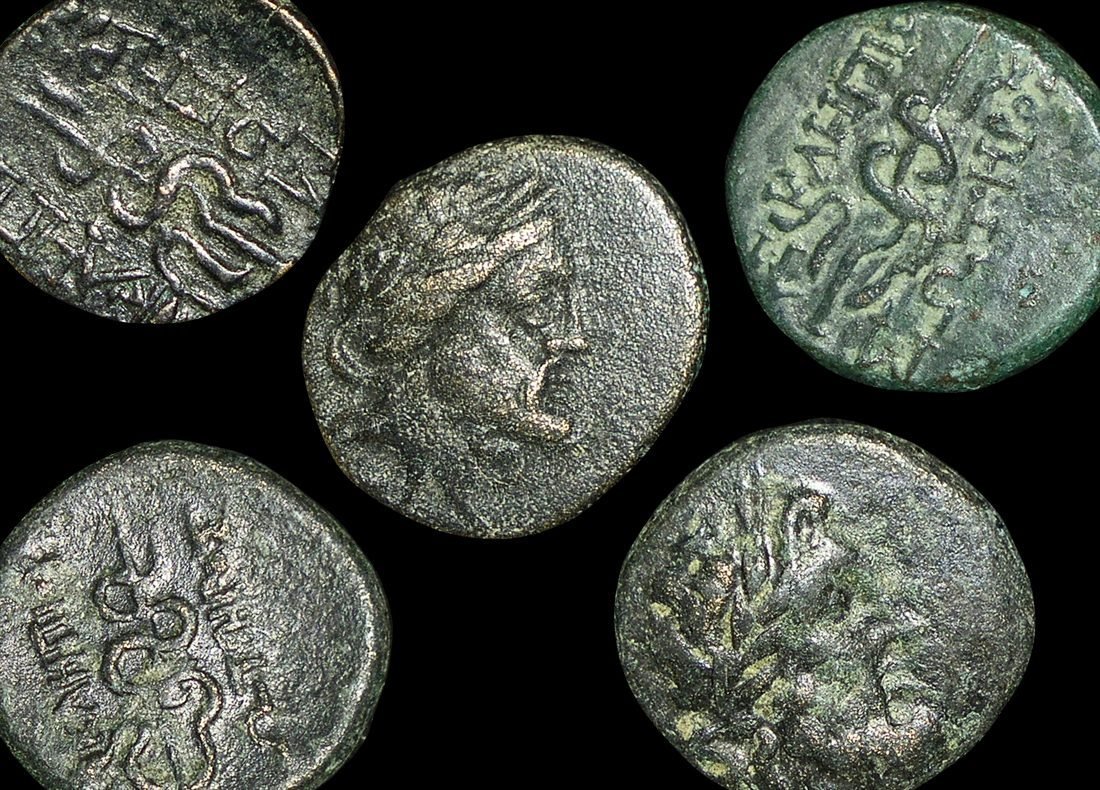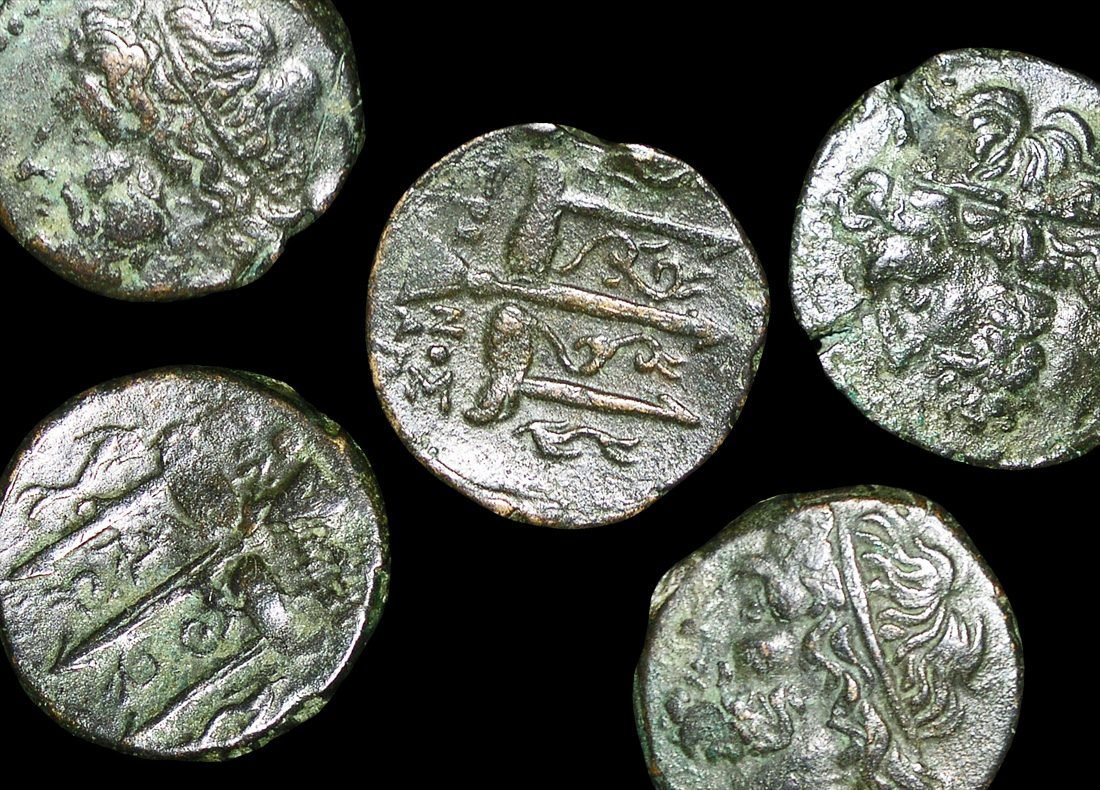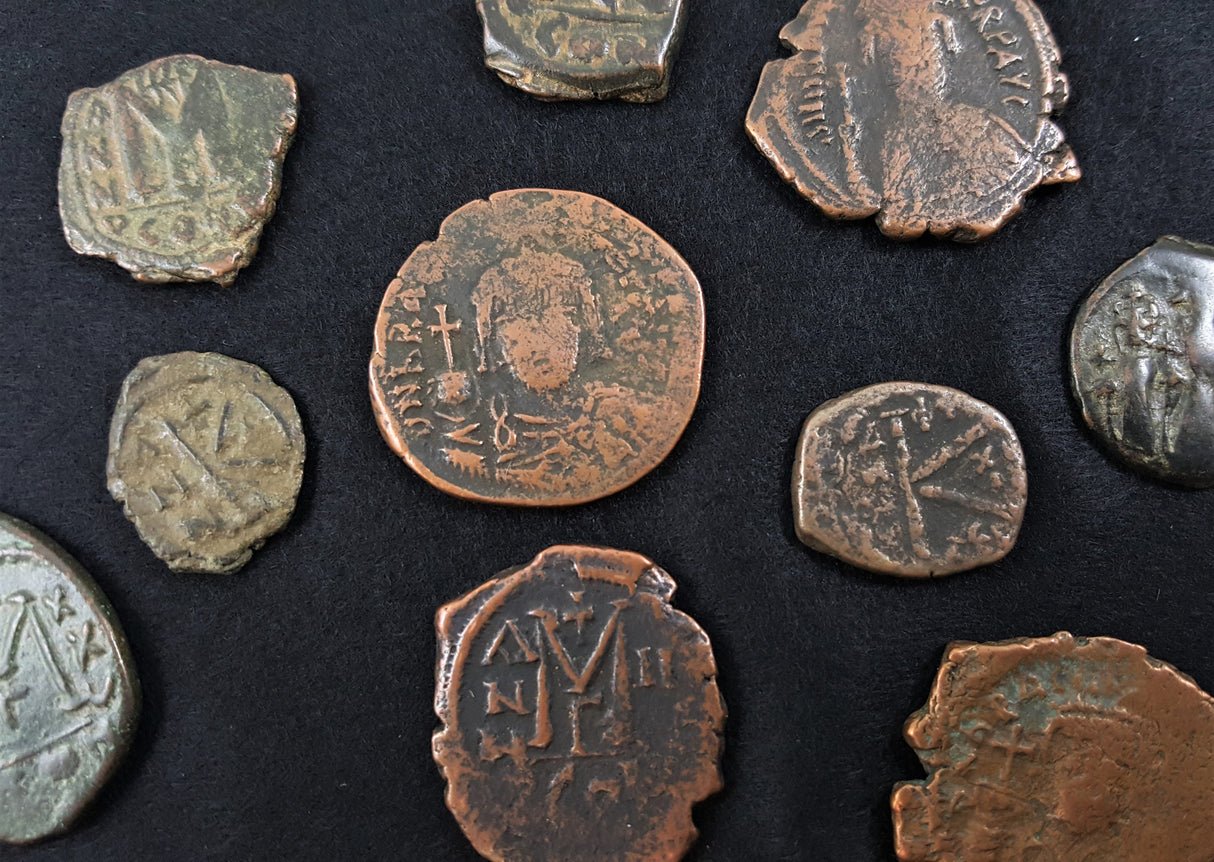 Image 1 of
Image 1 of


Vijayanagara Empire Gold Bele (600-400 years ago)
This tiny gold coin, known as a bele, was minted by the Vijayanagara Empire that ruled much of southern India from 1336 to 1646 CE. Famous for being the world's smallest gold coin denomination, the bele reflects the exceptional wealth and metallurgical skill of this powerful Hindu kingdom.
Coin Description:
Front side: Often features Hindu religious symbols such as the temple emblem, a deity figure, or dynastic symbols of the ruling Sangama, Saluva, Tuluva, or Aravidu dynasties.
Back side: Typically contains abbreviated inscriptions in Kannada, Telugu, or Sanskrit, possibly alongside geometric patterns or additional religious symbols.
Technical Details:
Material: Gold
Denomination: Bele (a fractional unit of the empire's currency system)
Minting date/period: 1336-1646 CE (approximately 600-400 years ago)
Condition: Varies by specimen
Historical Significance:
This miniature gold coin represents the economic prosperity of the Vijayanagara Empire, the last great Hindu kingdom in southern India (modern Karnataka and adjacent states). Centered around its magnificent capital at Vijayanagara (near present-day Hampi), the empire served as a bulwark against expanding Islamic sultanates from northern India. The empire's elaborate coinage, including this remarkably small gold denomination, reflects its substantial wealth derived from international trade, agriculture, and control of important trade routes. The bele's exquisite craftsmanship demonstrates the empire's advanced metallurgical and minting capabilities despite its diminutive size.
This tiny gold coin, known as a bele, was minted by the Vijayanagara Empire that ruled much of southern India from 1336 to 1646 CE. Famous for being the world's smallest gold coin denomination, the bele reflects the exceptional wealth and metallurgical skill of this powerful Hindu kingdom.
Coin Description:
Front side: Often features Hindu religious symbols such as the temple emblem, a deity figure, or dynastic symbols of the ruling Sangama, Saluva, Tuluva, or Aravidu dynasties.
Back side: Typically contains abbreviated inscriptions in Kannada, Telugu, or Sanskrit, possibly alongside geometric patterns or additional religious symbols.
Technical Details:
Material: Gold
Denomination: Bele (a fractional unit of the empire's currency system)
Minting date/period: 1336-1646 CE (approximately 600-400 years ago)
Condition: Varies by specimen
Historical Significance:
This miniature gold coin represents the economic prosperity of the Vijayanagara Empire, the last great Hindu kingdom in southern India (modern Karnataka and adjacent states). Centered around its magnificent capital at Vijayanagara (near present-day Hampi), the empire served as a bulwark against expanding Islamic sultanates from northern India. The empire's elaborate coinage, including this remarkably small gold denomination, reflects its substantial wealth derived from international trade, agriculture, and control of important trade routes. The bele's exquisite craftsmanship demonstrates the empire's advanced metallurgical and minting capabilities despite its diminutive size.
This tiny gold coin, known as a bele, was minted by the Vijayanagara Empire that ruled much of southern India from 1336 to 1646 CE. Famous for being the world's smallest gold coin denomination, the bele reflects the exceptional wealth and metallurgical skill of this powerful Hindu kingdom.
Coin Description:
Front side: Often features Hindu religious symbols such as the temple emblem, a deity figure, or dynastic symbols of the ruling Sangama, Saluva, Tuluva, or Aravidu dynasties.
Back side: Typically contains abbreviated inscriptions in Kannada, Telugu, or Sanskrit, possibly alongside geometric patterns or additional religious symbols.
Technical Details:
Material: Gold
Denomination: Bele (a fractional unit of the empire's currency system)
Minting date/period: 1336-1646 CE (approximately 600-400 years ago)
Condition: Varies by specimen
Historical Significance:
This miniature gold coin represents the economic prosperity of the Vijayanagara Empire, the last great Hindu kingdom in southern India (modern Karnataka and adjacent states). Centered around its magnificent capital at Vijayanagara (near present-day Hampi), the empire served as a bulwark against expanding Islamic sultanates from northern India. The empire's elaborate coinage, including this remarkably small gold denomination, reflects its substantial wealth derived from international trade, agriculture, and control of important trade routes. The bele's exquisite craftsmanship demonstrates the empire's advanced metallurgical and minting capabilities despite its diminutive size.
You Might Also Like






